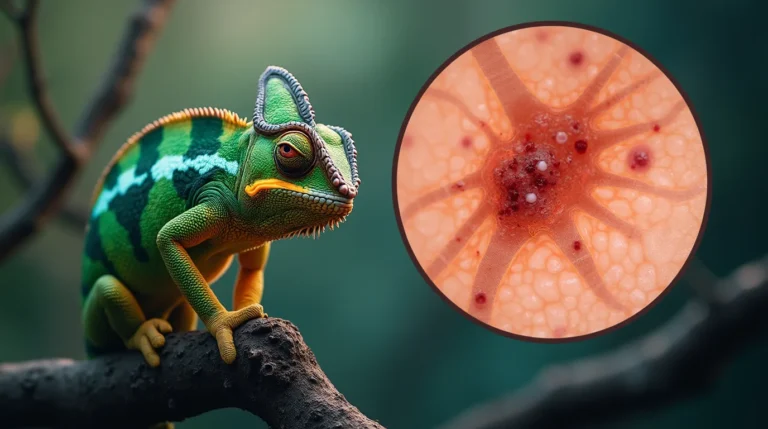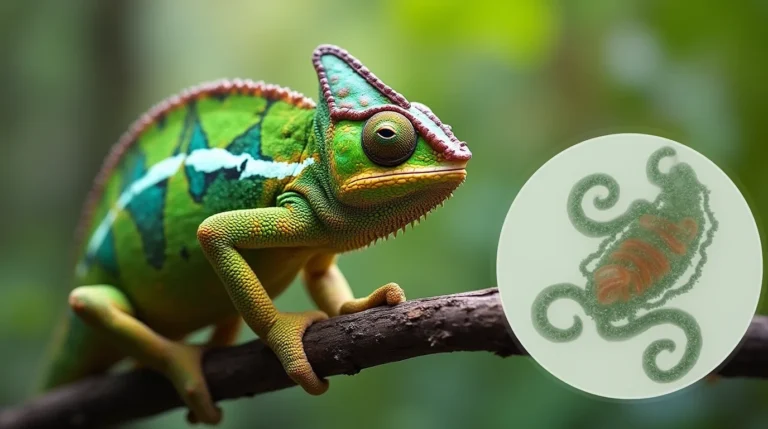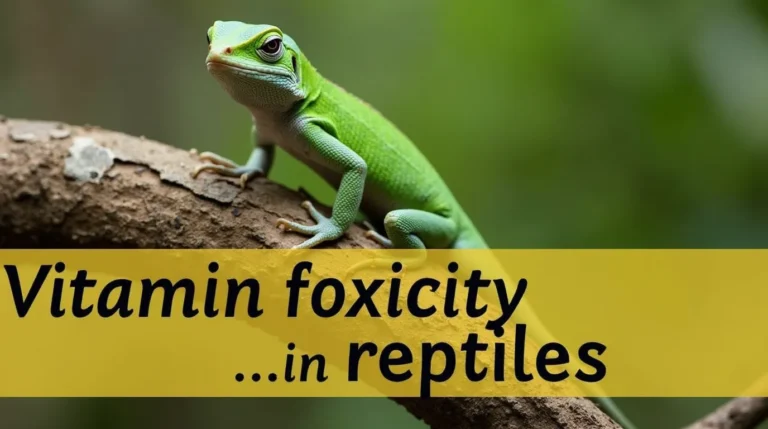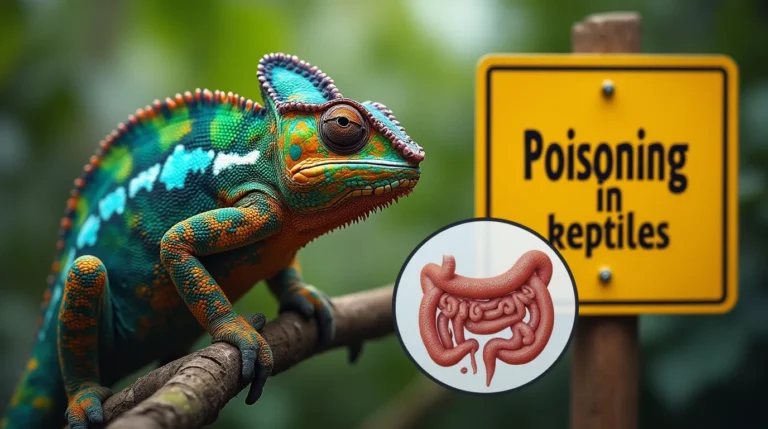Discover the critical signs of mouth rot in reptiles, its causes, and effective treatment strategies. Protect your scaly friend’s health with expert veterinary insights and prevention tips.

Table of Contents
Reptile owners, beware: mouth rot is a serious and potentially life-threatening condition that can silently affect your scaly companion. Also known as infectious stomatitis, mouth rot is a bacterial infection that can quickly escalate from a minor irritation to a critical health emergency. In this comprehensive guide, we’ll dive deep into the world of mouth rot in reptiles, exploring its causes, warning signs, treatment options, and prevention strategies that every reptile owner should know.
What is Mouth Rot in Reptiles?
Mouth rot is a common but serious bacterial infection that affects the oral cavity of reptiles. It typically occurs when a reptile’s immune system is compromised, allowing opportunistic bacteria to proliferate in the mouth, gums, and surrounding tissues. While seemingly minor at first, untreated mouth rot can lead to severe complications, including systemic infection and potential fatality.
The Science Behind Mouth Rot
At its core, mouth rot is primarily caused by:
- Weakened immune system
- Poor husbandry conditions
- Stress
- Inappropriate environmental parameters
- Nutritional deficiencies
4 Critical Warning Signs of Mouth Rot in Reptiles
1. Visible Oral Inflammation and Swelling
The first and most apparent sign of mouth rot is inflammation in and around the mouth. Look for:
- Redness in the mouth tissues
- Swollen gums
- Visible white or yellowish patches
- Unusual bumps or growths around the mouth area
2. Abnormal Discharge and Bleeding
Reptiles with mouth rot often exhibit:
- Thick, cheesy-like discharge from the mouth
- Bleeding from the gums
- Mucus accumulation
- Dried or crusty material around the mouth
3. Changes in Eating and Drinking Behaviors
Mouth rot can significantly impact a reptile’s ability to consume food and water:
- Reluctance to eat
- Difficulty picking up or swallowing food
- Dropping food while attempting to eat
- Reduced water intake
- Weight loss
4. Behavioral Changes and Physical Distress
Advanced stages of mouth rot can cause:
- Lethargy
- Reduced activity levels
- Unusual head tilting
- Inability to close the mouth properly
- Visible discomfort when attempting to eat
Causes of Mouth Rot in Reptiles
Environmental Factors
- Incorrect humidity levels
- Inappropriate temperature gradients
- Unclean habitat
- Overcrowded living spaces
Physiological Triggers
- Chronic stress
- Underlying health conditions
- Nutritional imbalances
- Recent injuries or trauma
Diagnostic Process
Professional Veterinary Examination
A qualified reptile veterinarian will typically:
- Conduct a comprehensive oral examination
- Take bacterial cultures
- Perform blood tests
- Assess overall health and potential underlying conditions
Treatment Options
Medical Interventions
- Antibiotics
- Targeted bacterial treatments
- Administered orally or via injection
- Typically prescribed for 7-14 days
- Surgical Procedures
- Cleaning and debridement of infected tissues
- Potential removal of dead or severely infected tissue
Home Care Support
- Maintain optimal habitat conditions
- Provide soft, easily consumable food
- Ensure proper hydration
- Minimize stress
Prevention Strategies
Habitat Management
- Maintain appropriate temperature and humidity
- Regular cleaning and disinfection
- Proper substrate selection
- Appropriate enclosure size
Nutritional Support
- Balanced diet specific to reptile species
- Calcium and vitamin supplementation
- Regular health monitoring
Recommended Pet Products on Amazon
- Reptile Habitat Thermometer and Hygrometer
- UV-B Lighting for Reptile Enclosures
- Reptile Vitamin and Mineral Supplement
- Specialized Reptile Cleaning Solution
Frequently Asked Questions (FAQ)
How quickly does mouth rot progress?
Mouth rot can develop rapidly, potentially becoming serious within days to weeks if left untreated.
Can mouth rot be transmitted between reptiles?
Yes, the bacterial infection can spread between reptiles through direct contact or shared environments.
Is mouth rot fatal?
If left untreated, mouth rot can lead to systemic infection and potentially be fatal.
How often should I check my reptile for signs of mouth rot?
Perform visual inspections during regular handling, ideally every 1-2 weeks.
Conclusion
Understanding and recognizing mouth rot is crucial for responsible reptile ownership. Early detection, proper veterinary care, and preventative measures can significantly improve your reptile’s prognosis and quality of life.
Share Your Experience: Have you encountered mouth rot in your reptile? Leave a comment below and help fellow reptile enthusiasts learn from your experience!
Expert Recommendation: For more comprehensive pet care guides and expert advice, visit BlithhePet your trusted resource for pet health information.





